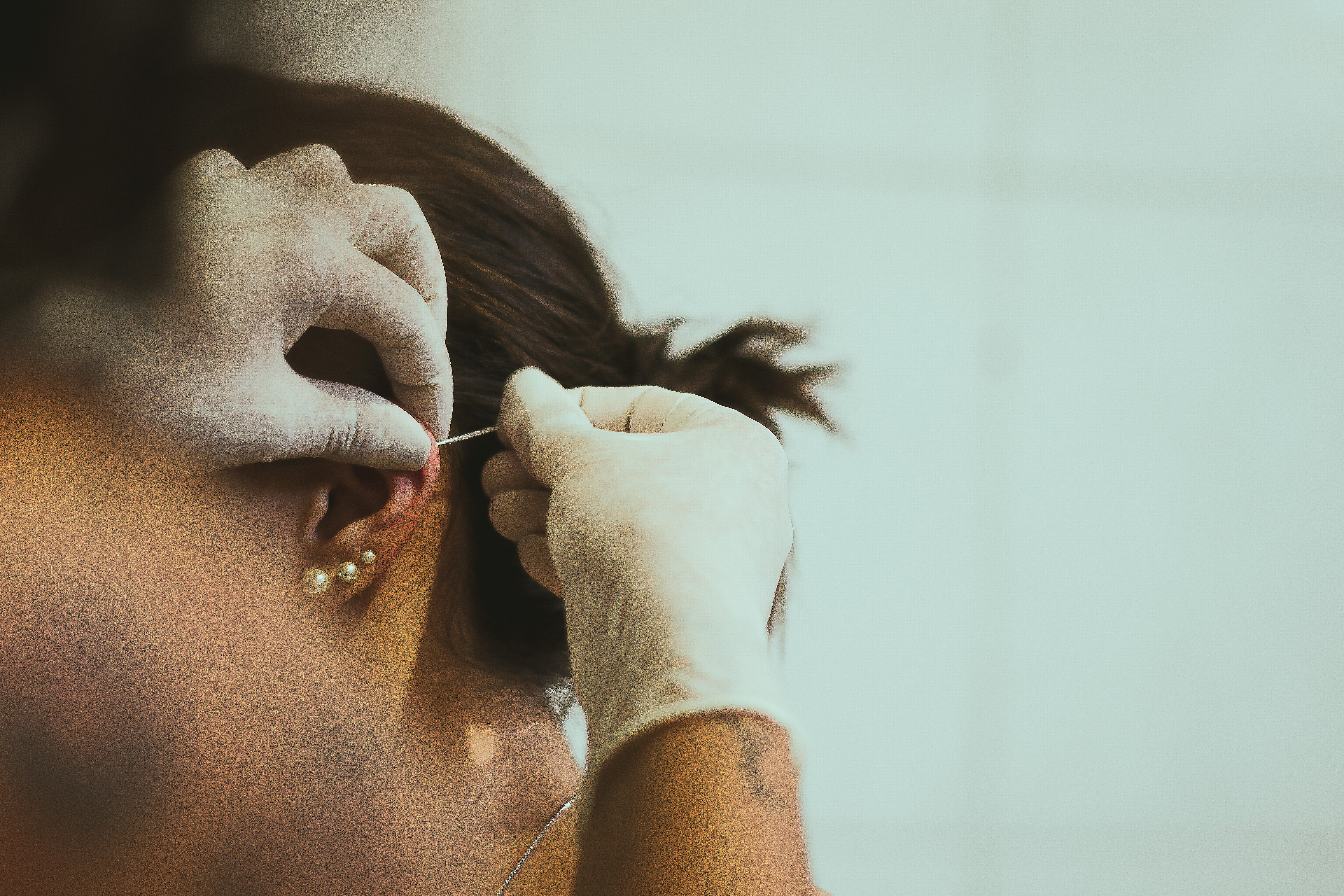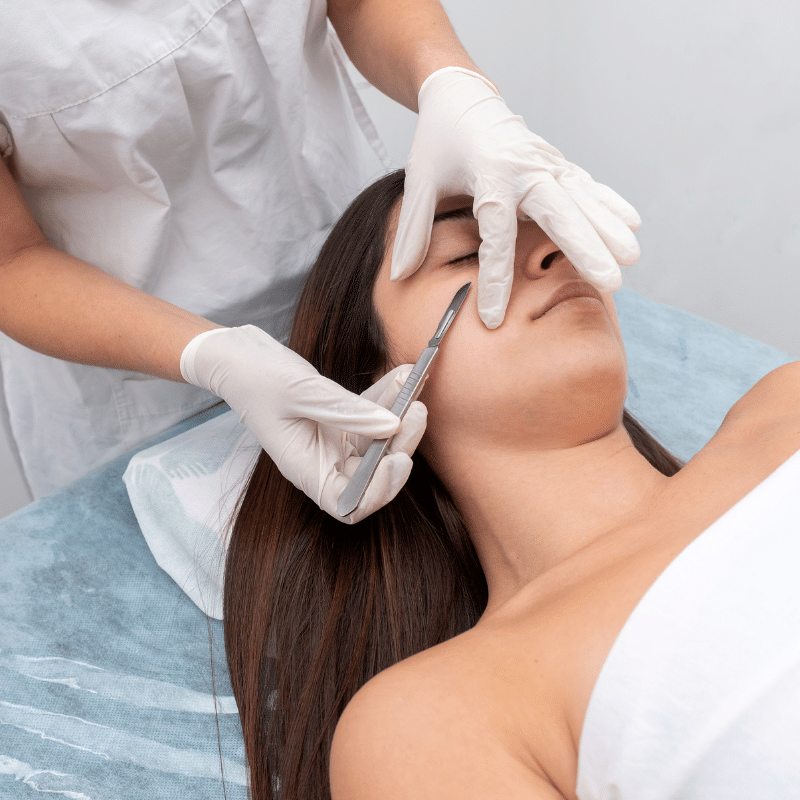Expert Tips on Crafting the Perfect Tattoo Consent Form!
When it comes to the art of tattooing, the importance of a well-crafted consent form cannot be overstated. Not only does it protect the tattoo artist and the studio, but it also ensures the client is fully informed and consenting to the procedure. Here are some expert tips to help you craft the perfect tattoo consent form that covers all necessary bases while maintaining clarity and conciseness.
Key Components of a Consent Form
Every effective tattoo consent form should include certain key elements:
📝 Client Information: Full name, contact details, and age verification.
🏥 Medical History: Questions about allergies, skin conditions, and medical conditions that might affect the tattooing process.
💉 Tattoo Details: Description, location, and size of the tattoo.
⚠️ Risks and Acknowledgements: A section detailing the potential risks associated with tattooing.
🛡️ Aftercare Instructions: Clear guidance on how to care for the tattoo post-procedure.
🖌️ Artist and Studio Information: Your credentials and studio details.
✍️ Signature Section: Where the client and artist formally agree to the terms.
- Client Information is Key
Start with the basics: gather all necessary client information. This should include the client’s full name, contact details, and a verification of their age to ensure they are legally eligible for a tattoo. Under UK law, it’s illegal to tattoo anyone under the age of 18, so this step is crucial.
📝 Pro Tip: Make sure your form has clear fields for each piece of information and double-check for accuracy.
- Delve into Medical History
A comprehensive section on medical history is vital. This should include questions about allergies, existing skin conditions, and other medical conditions that could impact the safety and success of the tattooing process. Be specific about common allergens and ask about conditions like haemophilia, which can complicate the process.
🏥 Pro Tip: Always keep this information confidential and respect client privacy. This builds trust and professionalism.
- Clarify Tattoo Details
The tattoo details section should be explicit. It should cover the description, intended location, and the size of the tattoo. This part of the form helps prevent misunderstandings about the client’s expectations and your agreement.
💉 Pro Tip: Include a way for the client to attach or show examples of their expectations to ensure both parties are on the same page. The Beauty Forms’ File Upload field is perfect for this!
- Outline Risks and Acknowledgements
Detailing potential risks is a must. This section should inform the client about the risks associated with tattooing, such as infections, allergic reactions, or possible dissatisfaction with the final result. It’s imperative that clients acknowledge these risks before proceeding.
⚠️ Pro Tip: Use clear, non-technical language to ensure the client fully understands the risks involved.
- Aftercare Instructions
Aftercare is critical for the healing process. Provide clear, concise instructions on how to care for the tattoo after the procedure. This section should include information on cleaning, moisturising, what to avoid during the healing process, and when to seek medical advice.
🛡️ Pro Tip: Consider providing a take-home aftercare leaflet along with verbal instructions.
- Showcase Your Credentials
Include a section about you, the artist, and your studio. This should cover your credentials, experience, and any relevant health and safety certifications. It reassures clients of your professionalism and commitment to safety.
🖌️ Pro Tip: Keep this section brief but informative. It adds a personal touch and builds credibility.
- The Signature Section
The final part of your consent form should be the signature section. This is where the client and the artist formally agree to the terms laid out in the form. Make sure there’s space for the date and a witness signature if needed. The Beauty Forms’ Signature field makes obtaining an electronic signature super easy!
✍️ Pro Tip: Emphasise that signing the form is an acknowledgment of understanding and acceptance of all the terms.
Conclusion
Creating a comprehensive tattoo consent form is not just about fulfilling a legal requirement; it’s about establishing a foundation of trust and safety between you and your clients. A well-thought-out consent form reflects the professionalism of your practice and contributes significantly to the client’s peace of mind. Remember, a clear and detailed consent form is beneficial for both the tattoo artist and the client. It ensures a smooth, safe, and enjoyable tattooing experience for everyone involved.
By following these expert tips, you can create a consent form that not only complies with regulations but also enhances the overall client experience at your studio. Happy inking!





